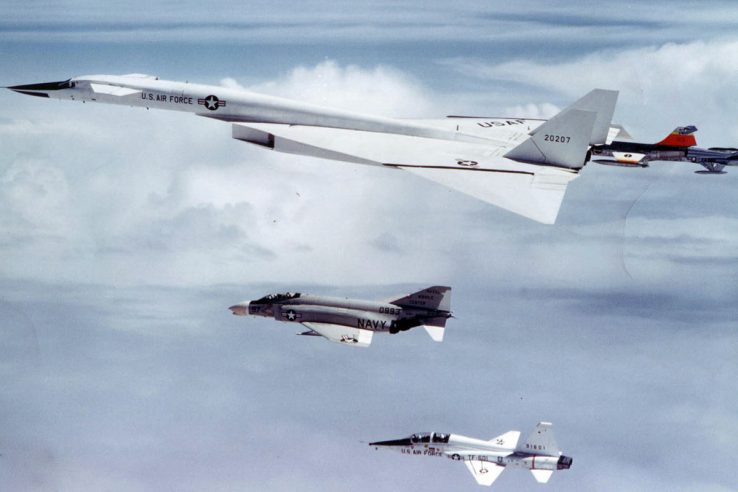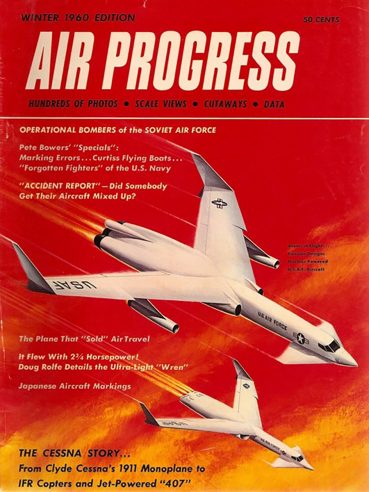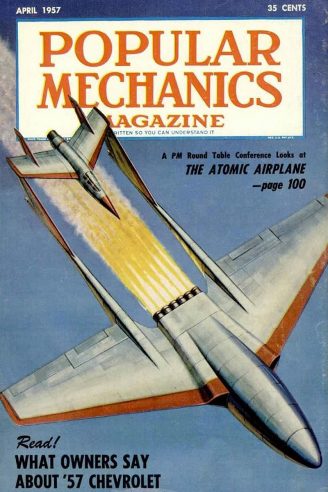In 1946, the United States Air Force began to study the feasibility of nuclear-powered aircraft. Only one plane, built by Convair, was ever tested. The problem, as Steve Weintz puts it in The National Interest, was that leaders “couldn’t figure out how to pay for it or why they needed it.”
Convair B-36 Peacemaker



The Convair B-36 Peacemaker had been designed as a long-range bomber to be able to reach Nazi Germany from America and fly back.
It was arguably obsolete from the start. The B-36 was piston-powered at a time when the Germans were pioneering jet technology.
However, the Peacemaker, which was about twice the size of the Boeing B-29 Superfortress, was the only aircraft America had in the late 1940s that was both big enough to carry the hydrogen bomb and long-range enough to reach Russia.
Convair modified two B-36s, designed NB-36Hs, to carry air-cooled nuclear reactors in their bombing bays. Shields were installed in the middle of the aircraft to protect the pilots from radiation. The cockpit was further encased in lead and rubber.
None of the reactors was ever used to power the aircraft. Test flights were carried out to investigate the effect of radiation on aircraft systems, nothing more.
North American XB-70 Valkyrie



The XB-70 Valkyrie was originally conceived as a nuclear-powered bomber before North American Aviation put a jet engine in it.
Cruising at Mach 3+, the Valkyrie was thought to be immune to interceptor aircraft, which were the only effective weapon against bombers at the time.
But when the Soviets unveiled surface-to-air missiles in the late 1950s, it called the XB-70’s invulnerability into question. The advent of intercontinental ballistic missiles later that decade also made manned bomber aircraft less relevant. The Air Force eventually canceled the plane in 1961.
Dreams of the future


Real-world failures did not stop everyone from dreaming. The magazines Air Progress and Popular Mechanics put nuclear-powered aircraft on the covers of their Winter 1960 and April 1957 editions, respectively.
The plane Popular Mechanics reported on was designed by Lee A. Ohlinger, a radiation expert and the head of the computer center at Northrop. He suggested powering aircraft with interchangeable nuclear reactors.
The crew would have piloted the aircraft from a detachable cockpit in the tail assembly that could fly away in case of emergency. The people on the ground from such an emergency would have been less fortunate, which may be why Ohlinger’s idea was never studied seriously.






